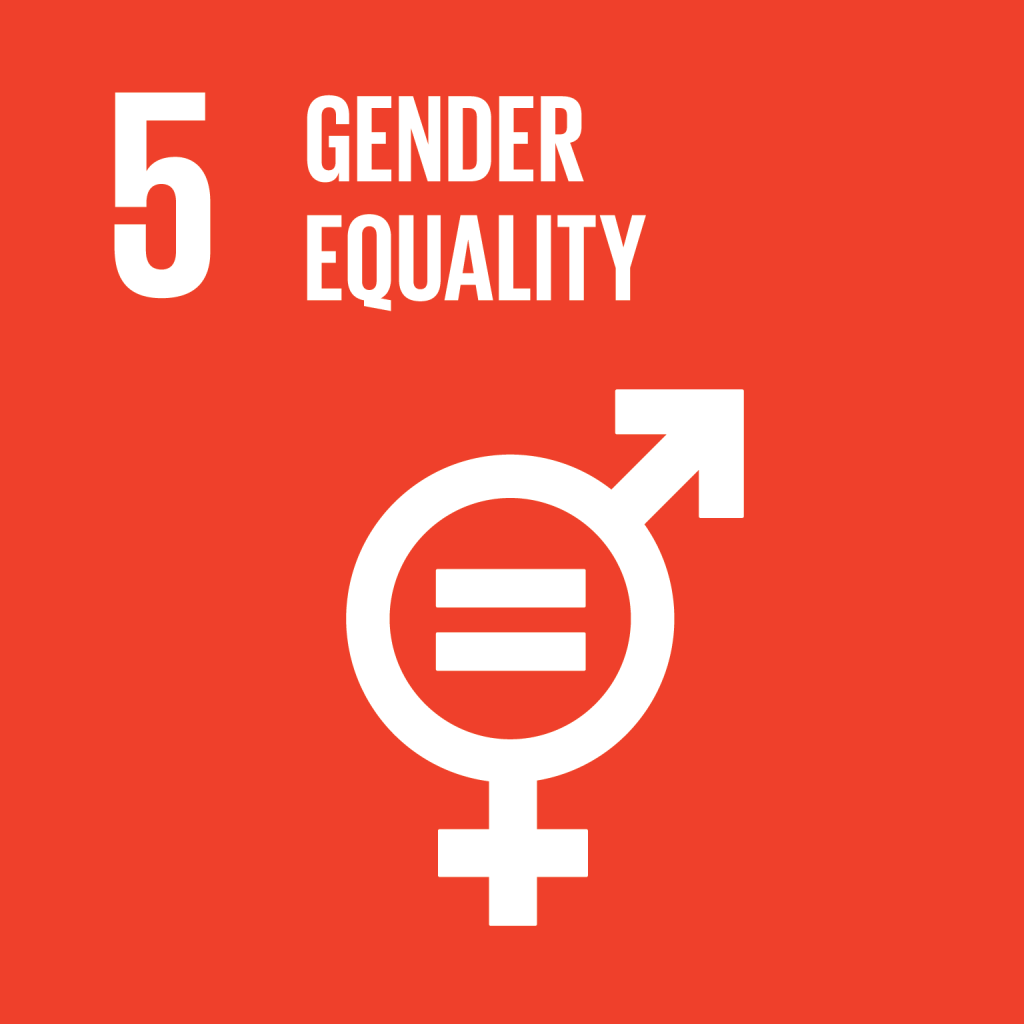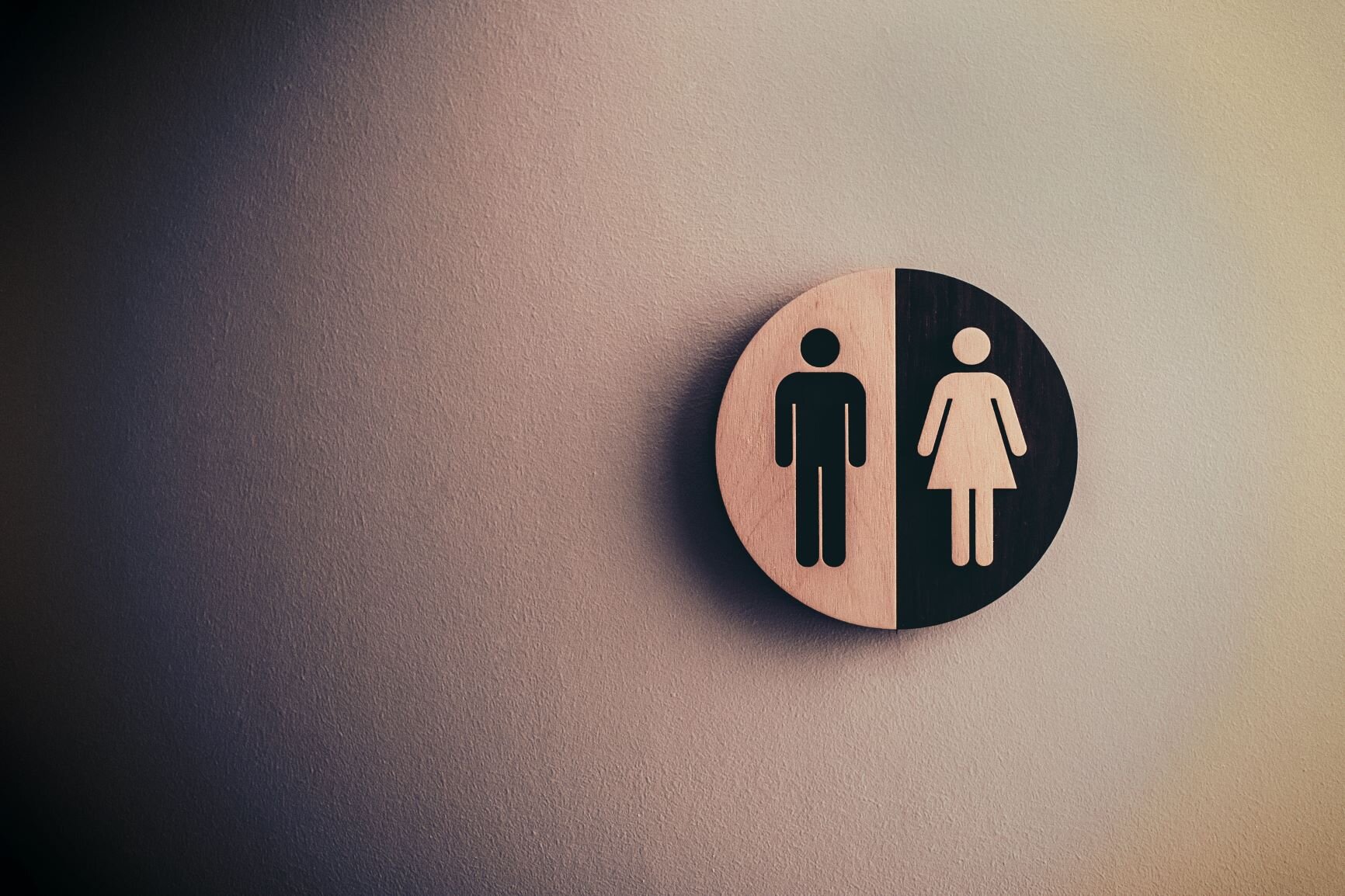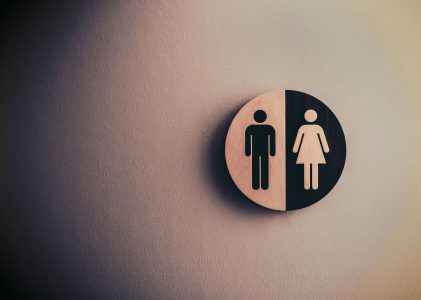Welcome to my first blog post on the theme of gender, development, and information and communication technologies (ICTs). In the coming posts, I will focus on how ICT4D is used to pursue gender equality in the world while touching upon current topics such as COVID-19, online harassment, and decolonisation.
ICT for Gender Equality
Since the inclusion of gender in development studies in the 1970s, bridging the gender gap has become a key issue on the development agenda. Gender inequalities are viewed as a hinder for wider societal change and according to the UN: “Gender equality is not only a fundamental human right, but a necessary foundation for a peaceful, prosperous and sustainable world”.
Gender equality was made a standalone goal in the Millennium Development Goals (MDGs) and again in the current Sustainable Development Goals (SDGs) where goal 5 seeks to: “achieve gender equality and empower all women and girls”.

ICT is increasingly viewed as playing a critical role in this process. This is visible in SDG5, target 5b that focuses on promoting the empowerment of women through technology. The goal is to:
“enhance the use of enabling technology, in particular information and communication technology, to promote the empowerment of women“
In the context of bridging the gender divides in the world, the optimism around the potential of ICTs has at times been high. Development policymakers and practitioners have focused on the potential of technology in making healthcare and educational information and services more accessible, opening up for training opportunities and for entrepreneurs to enter the global market, and enabling collective action against inequality and social injustices.
What to consider when discussing potential and impact of ICTs in projects for empowerment and gender equality?
If we go back to the SDGs and look at the tracker for goal 5, the results presented so far towards global gender equality measure success in the “proportion of individuals who own a mobile phone, by sex”. Like many scholars and development practitioners, I argue that there is a danger in focusing on quantifiable numbers when trying to measure empowerment. Despite the importance of knowing how many have access to, ownership over, the skills to use, and awareness about what can be done with ICTs, it does not necessarily mean that women will use technology for empowering purposes or to carry out what Naila Kabeer (2005) calls “transformative agency”, i.e. enabling a person to act upon and challenge gender inequality. While, for example, more female users of ICTs is a positive result, it does not indicate changes in social expectations to women or the societal structures that shape gender equality. We ought to see access as the potential steppingstone towards social change rather than the end goal.
Let’s briefly look at what some researchers have observed in the field. Moussa and Seraphim (2017) have studied gender and ICTs in the United Arab Emirates, a country characterised by an advanced IT infrastructure and 93% of the population using the internet. They concluded that even though most Emirati women use ICTs on a daily basis to access for example education and the job market and to enhance their efficiency in carrying out responsibilities, they still experience restrictions from family and society to express themselves freely online, communicating with non-family members, carry out outline transactions, and make lifechanging decisions. On a similar note, Hussain and Amin (2018) highlighted with their research in Afghanistan how most of the women with access to ICTs were restricted by male family members regulating the content they were allowed to consume. Women used technology mainly to be more efficient in their gender roles as mothers and wives or for entertainment, and at times, they chose not to use their devices to avoid anger from male family members.
So, despite the potential of ICTs to support gender equality and empowerment, access to technology does not always lead to transformative agency enhancing a person’s self-confidence, awareness of inequalities, and ability to challenge gender relations. Working in the development field, one must be cautious to assume similar results from the availability of ICTs in different contexts. Instead, we need more empirical research on what ICTs are really used for and whether such use reinforces or challenges traditional gender norms. Naturally, transformative agency leading to actual empowerment is not easy to measure like the number of people having access to devices and information, but it is nevertheless crucial to understand if people are experiencing actual change.
Technology is not neutral but conditioned by society that creates and provides it. Therefore, it is also important to study the content available and question where this information comes from. According to research done by the global campaign Whose Knowledge?, then despite the fact that about 75% of the online population comes from the Global South and 45% of women are online, most public knowledge on the internet is written by white men in Europe or North America. This naturally limits the different perspectives available and is an obstacle to challenging biases. But more about this in a future post!
This initial blog post serves as a brief introduction to the chosen theme. Throughout the coming weeks, I highlight projects and initiatives working with ICTs in ways to overcome barriers of gender inequality and social injustice. I am interested in looking into both the potentials and limitations of technology and to investigate further who benefits and in what way.
References
- Hussain, F. & Amin, S. (2018) ‘I don’t care about their reactions’: agency and ICTs in women’s empowerment in Afghanistan. Gender & Development. Vol 26 (2), 249-265.
- Kabeer, N. (2003) Gender mainstreaming in poverty eradication and the millennium development goals: A handbook for policymakers and other stakeholders. Commonwealth Secretariat.
- Moussa, M. B. & Seraphim, J. (2017) Digital gender divides and e-empowerment in the UAE: A critical perspective. International Journal of Education and Development using Information and Communication Technology. Vol. 13 (3), 145-161.
Internet sources
- Sustainable Development Goal 5 – https://www.un.org/sustainabledevelopment/gender-equality/
- Sustainable Development Goal 5 Tracker – https://sdg-tracker.org/gender-equality
- Whose Knowledge? report – https://whoseknowledge.org/wp-content/uploads/2018/11/DTI-2018-Summary-Report.pdf


